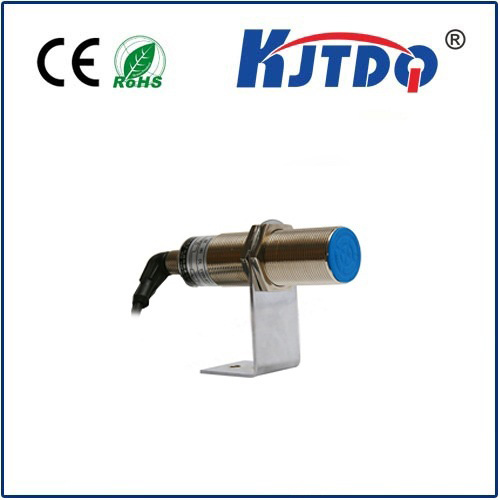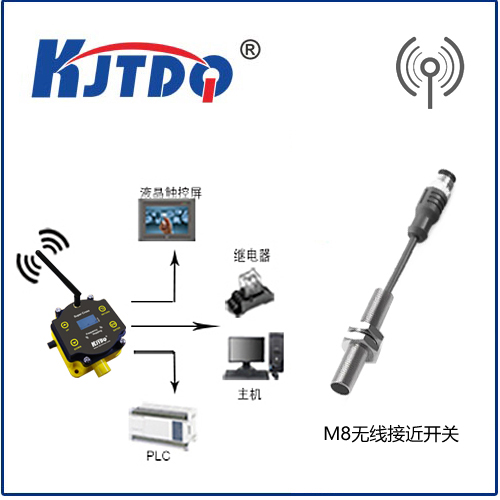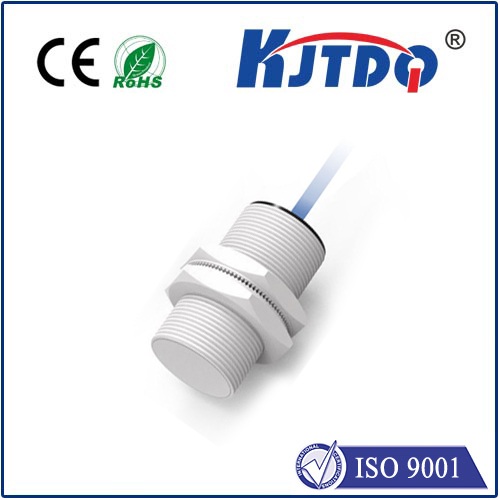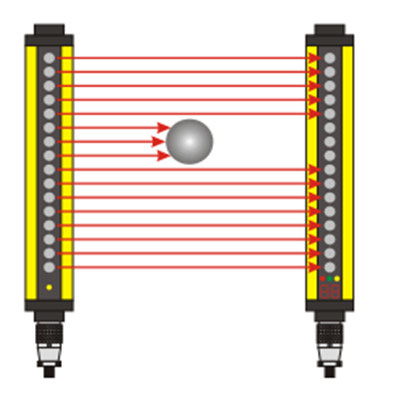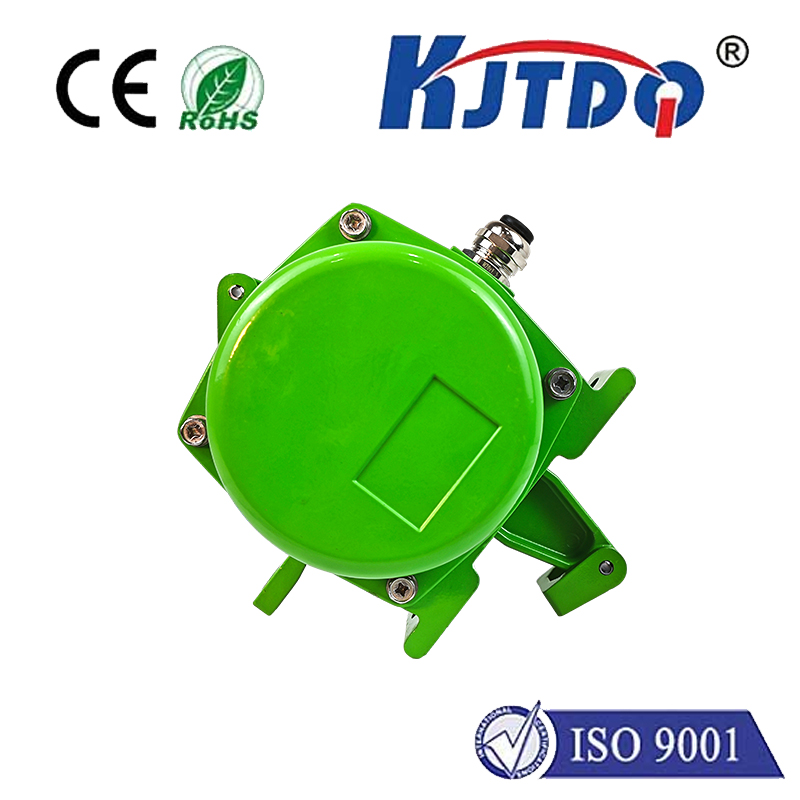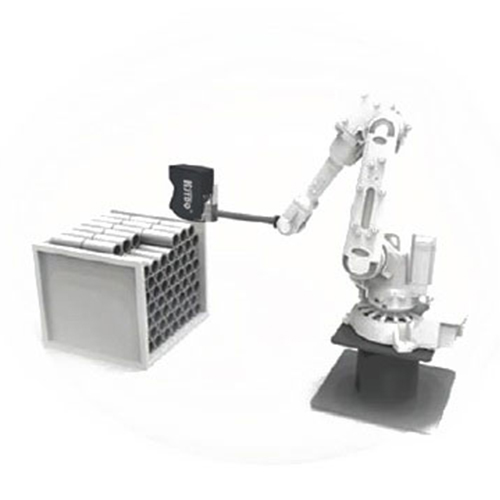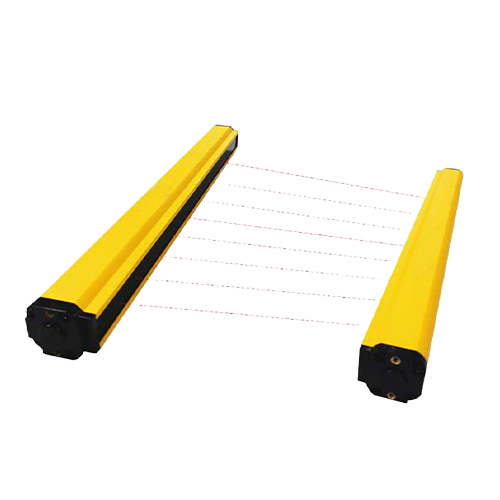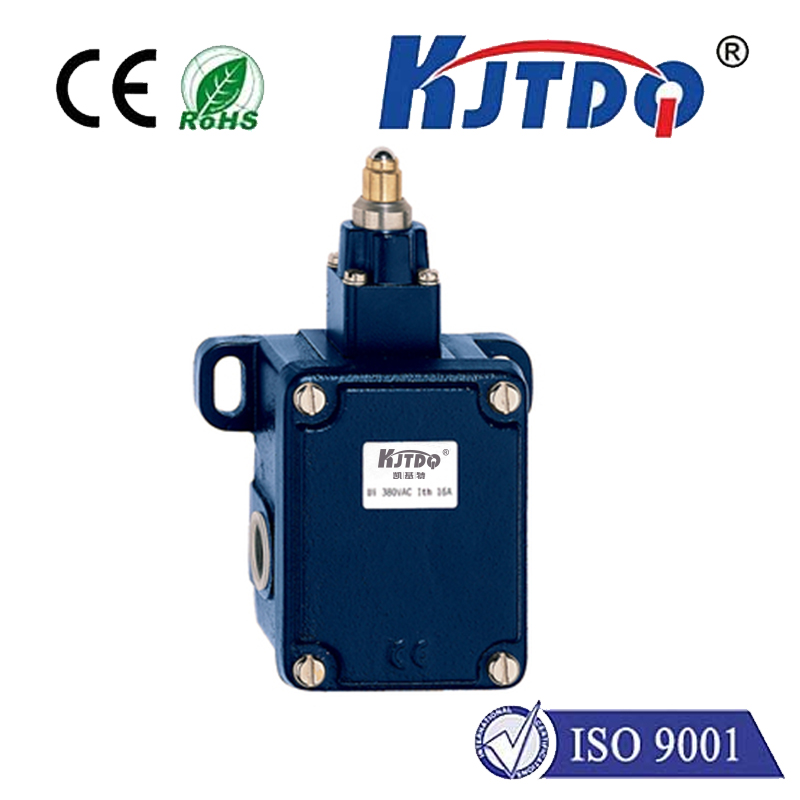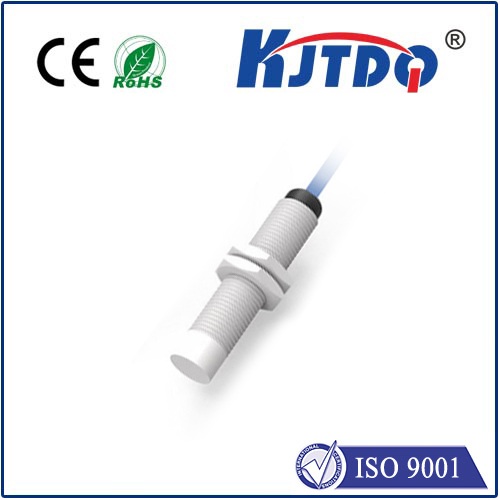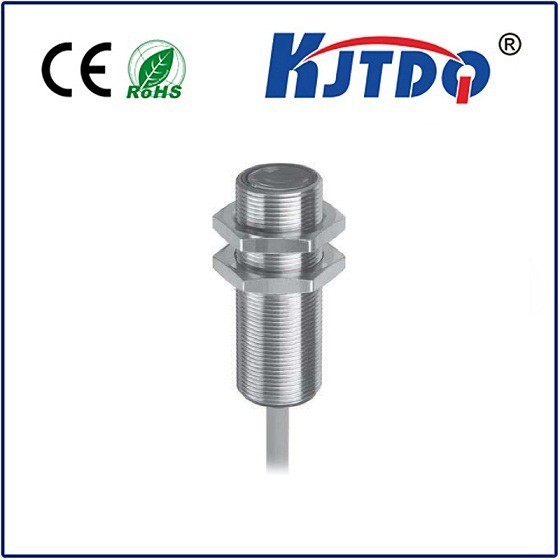индукционный датчик ближнего действия
- time:2025-06-14 01:42:38
- Нажмите:0
Demystifying the Inductive Proximity Sensor: The Silent Guardian of Industrial Automation
Imagine a world where robotic arms move with pinpoint precision on an assembly line, metal components are positioned flawlessly before welding, and conveyor belts halt instantly if a foreign object enters a restricted zone. This level of seamless, reliable operation owes much to a humble yet critical component: the индукционный датчик приближения. This remarkable workhorse operates silently yet effectively, forming a fundamental pillar of modern sensing technology, particularly where robustness and reliability are non-negotiable.
How Does an Inductive Proximity Sensor Work?
At the heart of its operation lies a simple yet profound principle: electromagnetic induction. The sensor contains an oscillator circuit generating a high-frequency alternating magnetic field emanating from its active face. Think of this as an invisible electromagnetic shield. When a metallic target approaches this field, something fascinating happens. Eddy currents are induced within the conductive material of the target. These circulating currents create their own opposing magnetic field, effectively robbing energy from the sensor’s oscillator.
This energy loss causes a measurable change – typically a reduction in the oscillation amplitude. Sophisticated electronics within the sensor continuously monitor this amplitude. When the change exceeds a predefined threshold (indicating the target is within the specified sensing range), the sensor’s output state switches. This switch, either solid-state (like a transistor) or relay-based, provides the crucial “object present” or “object absent” signal that control systems depend on. It’s a purely non-contact detection method, meaning there’s zero physical wear on either the sensor or the target.

Key Advantages Driving Widespread Adoption
The popularity of inductive proximity switches stems from a compelling set of advantages perfectly attuned to demanding industrial settings:
- Robustness Personified: Encased typically in robust nickel-plated brass or stainless steel bodies, these sensors shrug off dust, dirt, oil, coolants, and even high-pressure washdowns. Their non-contact nature means no moving parts to jam or wear out.
- Blazing Speed: Capable of operating at thousands of cycles per second, they effortlessly keep pace with high-speed machinery, reliably detecting objects moving at rapid velocities.
- Immunity to Tough Conditions: Factors like ambient light, surface contamination (within reason), and even moderate vibrations pose little challenge. They are unaffected by oil, grease, or water splashes – common contaminants in factories.
- Long Service Life: With no mechanical contacts to wear down (unlike mechanical limit switches) and sealed construction, inductive proximity sensors offer exceptionally long operational lifespans, minimizing downtime and maintenance costs.
- Simple Integration: Designed for industrial environments, they feature standard mounting options (threaded barrels or block styles) and connection methods (quick-disconnect cables or M12/M8 connectors), making installation straightforward. Output options (NPN, PNP, NO, NC) cater to diverse control system requirements.
Where Do They Shine? Applications Galore
This combination of ruggedness, speed, and reliability makes the inductive proximity sensor indispensable across countless automation scenarios:
- Position & End-of-Travel Detection: Verifying the precise location of machine components, cylinders, slides, or verifying if a moving part has reached its limit. Crucial for sequencing and safety.
- Object Presence / Absence: Counting products on a conveyor belt, confirming parts are loaded correctly into a fixture, detecting the presence of metal tools or pallets.
- Speed Monitoring: Counting gear teeth, shaft rotations, or monitoring conveyor belt speed by detecting passing metal flags or segmented wheels.
- Level Sensing: Detecting the presence (or absence) of metal-based liquids or solids in tanks or bins.
- Safety Interlocks: Ensuring machine guards are securely closed before operation commences, or creating safety light curtain bypass zones when appropriate.
- Machine Tooling: Tool breakage detection, tool changer positioning, and monitoring workpiece clamping on CNC machines.
Selecting the Right Inductive Proximity Switch: Key Considerations
Not all inductive sensors are created equal. Choosing the optimal one requires careful attention to several parameters:
- Sensing Distance (Sn): The nominal distance at which the sensor reliably detects a standard target material (usually mild steel). Ensure the rated range meets your application’s physical spacing constraints. Remember: actual sensing range varies significantly with different target metals.
- Target Material: While primarily for ferrous metals (steel, iron), they also detect non-ferrous metals (aluminum, brass, copper). Critically, performance differs substantially. A sensor calibrated for steel might have a reduced sensing range for aluminum due to lower conductivity affecting eddy current generation. Always consult manufacturer data for correction factors.
- Housing Size & Shape: Threaded barrels (M5, M8, M12, M18, M30) are common for discrete point detection, while block styles offer different mounting options for specific needs. Size constraints dictate the housing diameter and length.
- Output Configuration: Does your control system require a NPN (sinking) or PNP (sourcing) transistor output? Normally Open (NO) or Normally Closed (NC)? Shielded (flush-mountable) or unshielded (longer sensing range, requires surrounding metal free zone)?
- Environmental Factors: Consider temperature extremes, exposure to specific chemicals, or potential impacts, selecting housings and materials (like stainless steel) accordingly. Look for appropriate IP (Ingress Protection) ratings for dust and water resistance.
- Electrical Specifications: Ensure voltage supply requirements (e.g., 10-30V DC) match your system, and the sensor’s output current rating is sufficient for the connected load.
Their inherent reliability, resilience, and precision make them fundamental to modern manufacturing, packaging, material handling, and machining processes. They provide the essential, often unseen, feedback that keeps automated systems efficient, safe, and productive – truly earning their title as the silent guardians of the factory floor. When specifying sensors for detecting metal objects in demanding environments, the индукционный датчик приближения frequently proves to be the most robust, cost-effective, and long-lasting solution.

